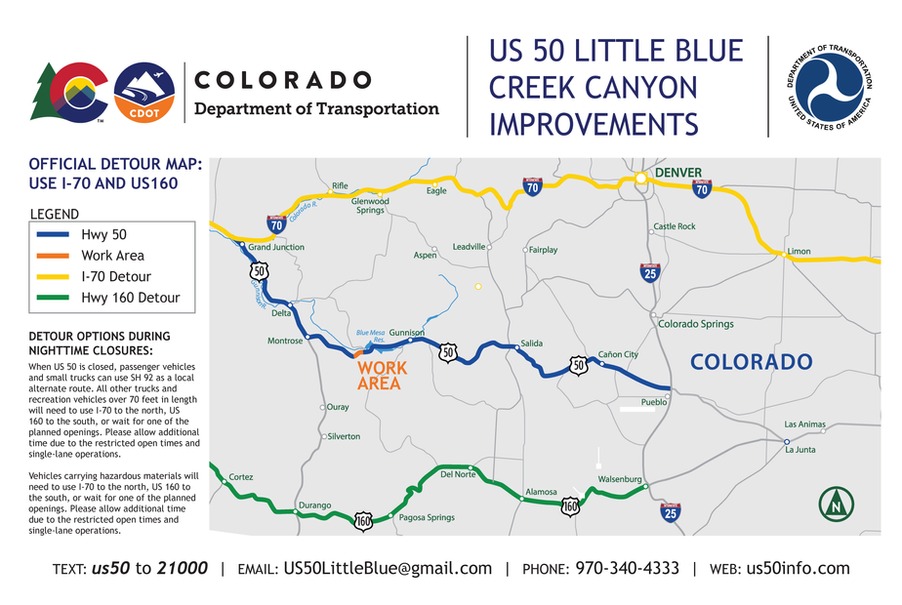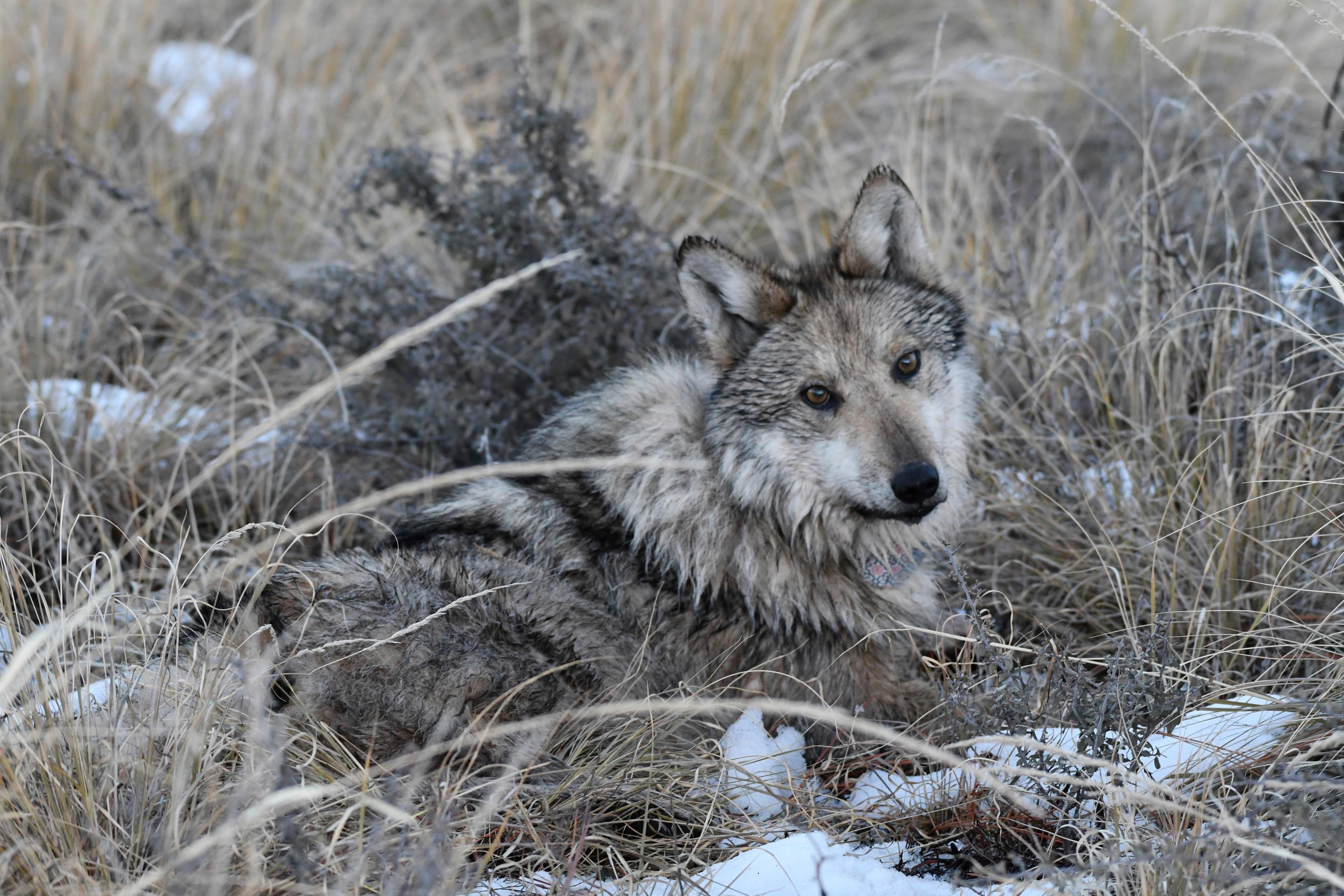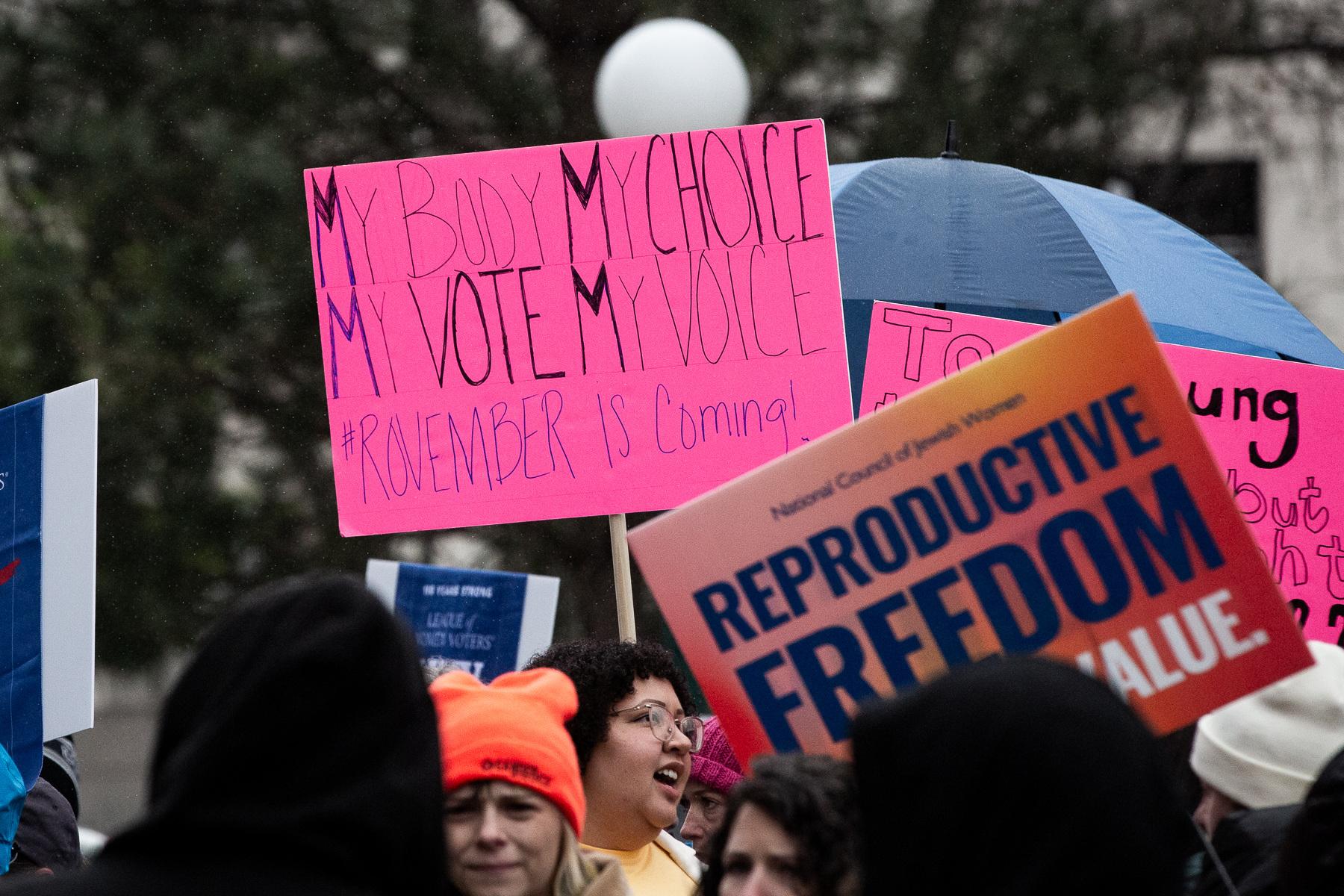Originally published on March 25, 2019 1:35 pm
A new study from the Pew Charitable Trusts looked at how long each state could survive on their rainy day funds alone. Wyoming came out on top. The Cowboy State could stay afloat for just over a year on its rainy day reserves. States put these funds aside to prepare for an unexpected spending spike, like in a natural disaster, or to help balance a budget shortfall during a recession.
Barb Rosewicz with Pew said energy states like Wyoming tend to have larger reserves, "because they have a history of seeing their tax revenue swing up and down much more dramatically than in other states."
She added that while there's no one-size-fits-all rule when it comes to states managing their rainy day funds, one of the best things states can do is to take a close look at tax revenue volatility.
Wyoming's reserves are also unique in that there are very few guidelines. Most states have established rules. Rosewitz said this flexibility can be a good thing, since lawmakers can assess each budget session independently.
"However, this lack of guidance can cause confusion," she said. "It's hard to know when to access the rainy day fund or how much money should be in the fund, if the state doesn't have a clear purpose for it."
In other parts of the region, rainy day funds are a fraction the size of Wyoming's. Idaho and Colorado could run on their funds alone for just 42 days, while Utah would run out after 28 days. Meanwhile, Montana's fund is brand new, just created in 2017. The state made its first deposit after the close of the fiscal year 2018.
This story was produced by the Mountain West News Bureau, a collaboration between Wyoming Public Media, Boise State Public Radio in Idaho, KUER in Salt Lake City and KRCC and KUNC in Colorado.
Copyright 2019 Wyoming Public Radio. To see more, visit Wyoming Public Radio.








